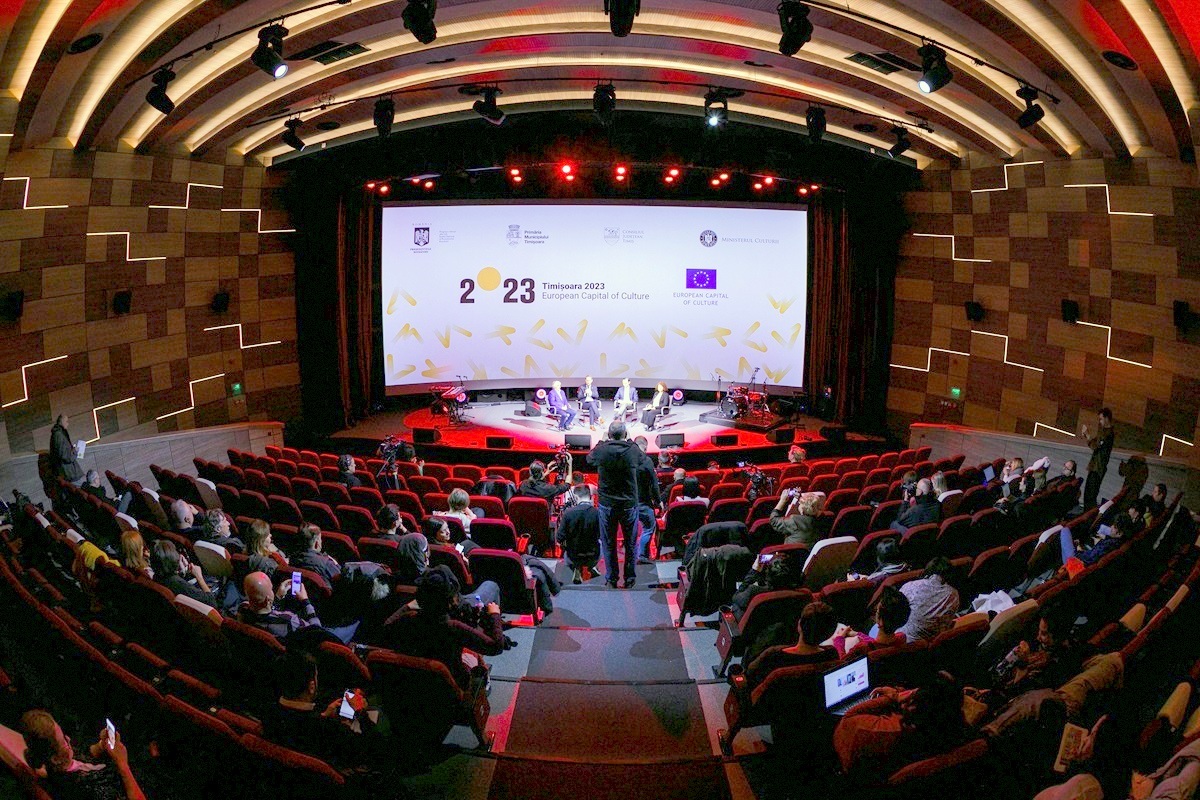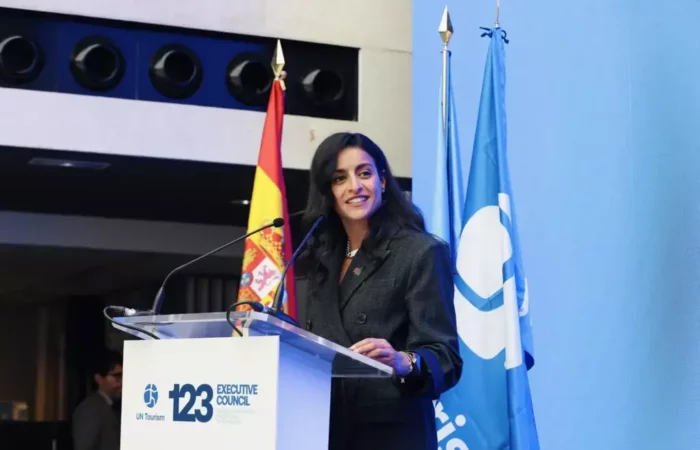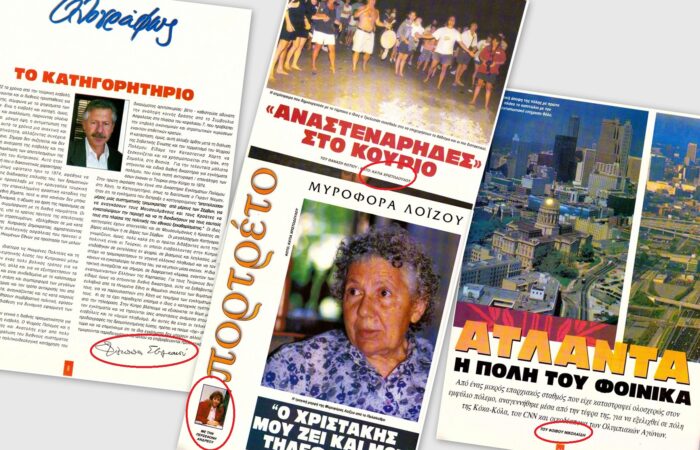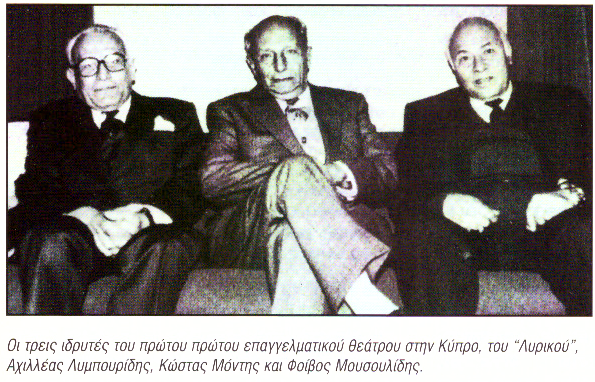Today, December 7, at Timiș Cinema, a press conference took place, symbolically marking the end of the Timișoara 2023 program – European Capital of Culture. City and county officials shared their thoughts on what this year meant for Timișoara and the future cultural prospects of the city.
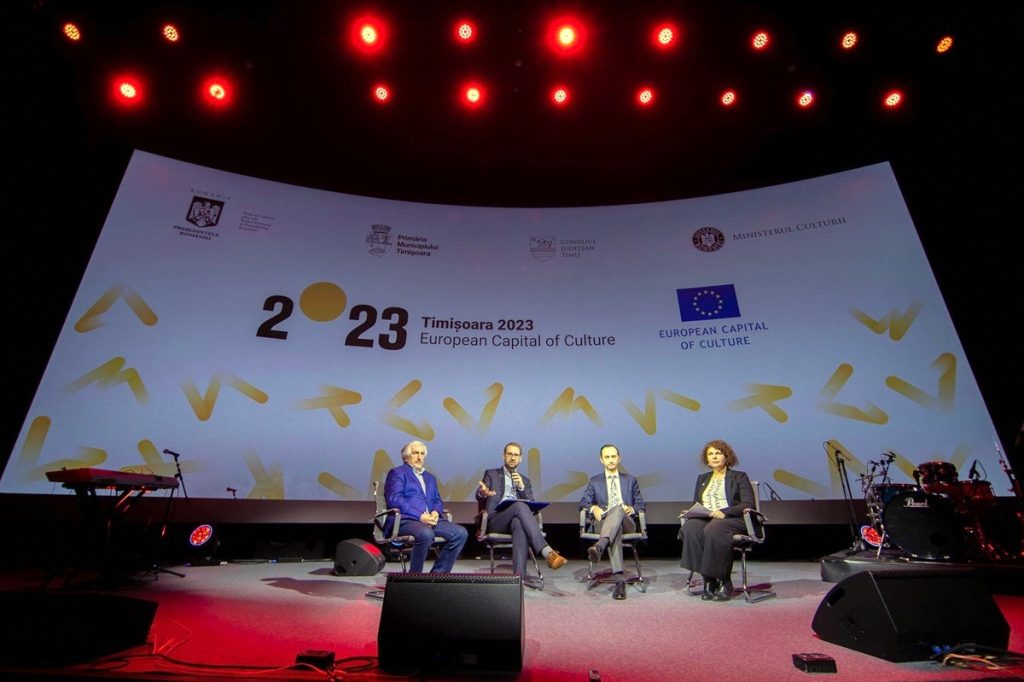
During the conference, the Mayor of Timișoara, Dominic Fritz, addressed the city’s transformation through culture and highlighted Timișoara’s close relationship with Europe. He also shared plans for the city’s future. “Over 50 companies have become part of the cultural program, forming partnerships with the Timișoara European Capital of Culture Association in 2023, contributing over 20 million lei. Although the question on everyone’s lips is how much money was invested in this capital, I remind you that the program was multiannual and over 20 million euros were invested by the three financiers throughout the project, including this year. As for Timișoara City Hall, I can say that this year, the total budget for cultural institutions and the Project Center, excluding separate investments, was almost 30 million euros, or 145 million lei.
Half of this sum was for this year of the Cultural Capital, but culture in Timișoara is consistently funded anyway. Speaking of the second objective of the cultural capital and its national and international exposure, there were over 40,000 media appearances on the topic of the cultural capital alone, and the media value of the national press only was 20 million euros. We appeared in many international publications, from The Independent to The New York Times, so Timișoara managed to establish itself internationally. We took this diplomacy of Timișoara abroad, with events themed on this European capital in 15 Romanian Cultural Institutes.”
The President of the County Council, Alin Nica, discussed the potential of cultural tourism in the region, emphasizing the importance of facilitating public access to cultural events. He also highlighted the potential of the European Capital of Culture title, underlining its positive impact on the entire region. “We set out to implement a vision complementary to what Timișoara City Hall proposed. If the City Hall aimed to go horizontally and include all neighborhoods in this cultural effervescence, we aimed to go vertically, focusing on events promoting artistic excellence and significant impact, bringing together many Timișoara residents and visitors and spreading the positive effects of the capital title, even though Timișoara’s candidacy file did not have a solid territorial component outside of Timișoara. We reached Lugoj with the Enescu Festival, Sânnicolau Mare with Retracing Bartok, and Peștera Românești in an unprecedented classical music journey.
Last but not least, when discussing artistic excellence, we thought of making these events that give a European dimension to this title. A friend from Vienna told me he was very proud to see posters with Constantin Brâncuși these days. I believe this climax of the Cultural program represents a proper business card for Timișoara for many years to come. We should have had more significant events on the billboards of major European capitals, but indeed, Timișoara now has the opportunity in the coming years to do this, and this was just the warm-up for what is to come.”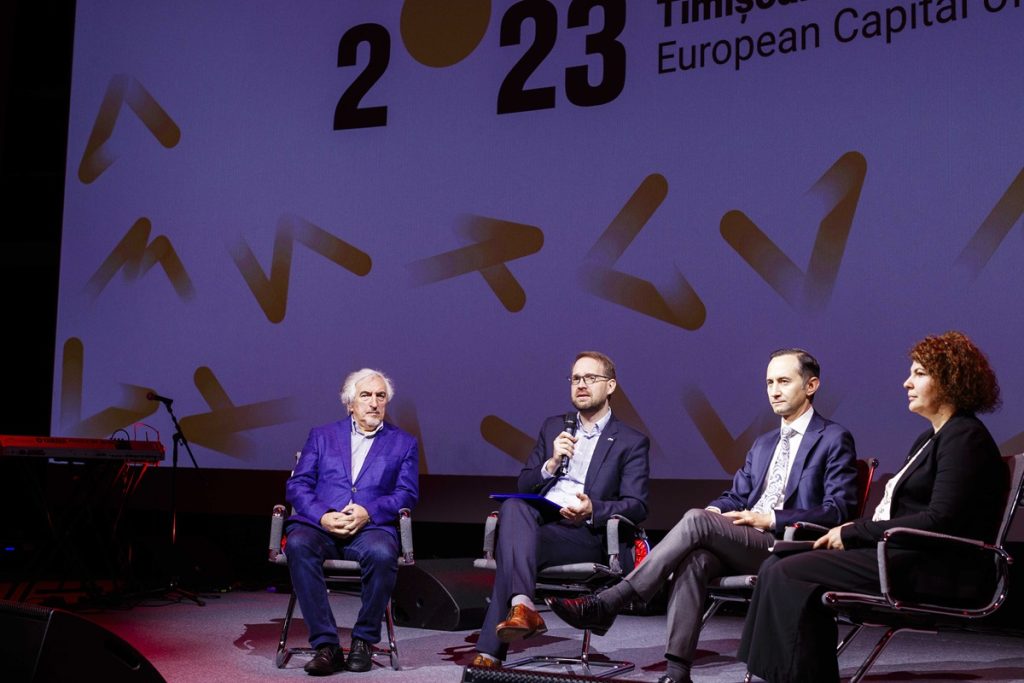 Ramona Laczko-David, the coordinator of the cultural project Timișoara 2023, spoke about the program’s impact on various communities and public categories, emphasizing its effects on the cultural sector at the local and national levels. In her presentation, she addressed current European agenda themes through the program. She highlighted its consequences on different social groups and communities, focusing on the contribution to the development of the cultural sector as a whole.
Ramona Laczko-David, the coordinator of the cultural project Timișoara 2023, spoke about the program’s impact on various communities and public categories, emphasizing its effects on the cultural sector at the local and national levels. In her presentation, she addressed current European agenda themes through the program. She highlighted its consequences on different social groups and communities, focusing on the contribution to the development of the cultural sector as a whole.
From the perspective of the Center for Projects and its role in implementing this program, I can only say that its role was complex, and this resulted from multiple roles it played during this period: it was the primary funding authority of the program, responsible for artistic coherence and strategic coordination by hosting the curatorial team, responsible also for the relationship with the European Commission and coordinator of the monitoring and evaluation process of this program’s impact. Thus, three studies are being acquired, the results of which will be published next year: one on the evolution of the cultural scene, a study dedicated to public involvement, and a survey dedicated to the governance of the Timișoara 2023 cultural program.
The central point for us was the Power Station, a component dedicated to increasing the capacity of the cultural sector. This program will become central to the Center for Projects’s activity in the coming period, and let’s not forget the role of event organizer with a representative role. Most importantly, something that should have been seen more was the Center’s role in legislative negotiations to ensure a solid legislative framework for funding cultural projects in the coming years and the Center for Projects’s activity in managing spaces that benefited cultural operators this year.
Locally, the program contributed to a platform encouraging local and international artists to share their creations and highlight fundamental cultural aspects such as the right to identity, free expression, and solidarity. These are essential criteria for which Timișoara received the Melina Mercouri award this year, and many of the projects integrated social themes and strived to adapt cultural content for people with different abilities of understanding and participation. This was an essential criterion for us in all representative events we organized. The Project Center’s efforts were equally outstanding in expanding the cultural program, launching 13 funding lines this year, which made the entire ecosystem grow by 2.4 compared to 2021, and a statistic showed that twice as many partnerships were formed compared to the beginning of the year.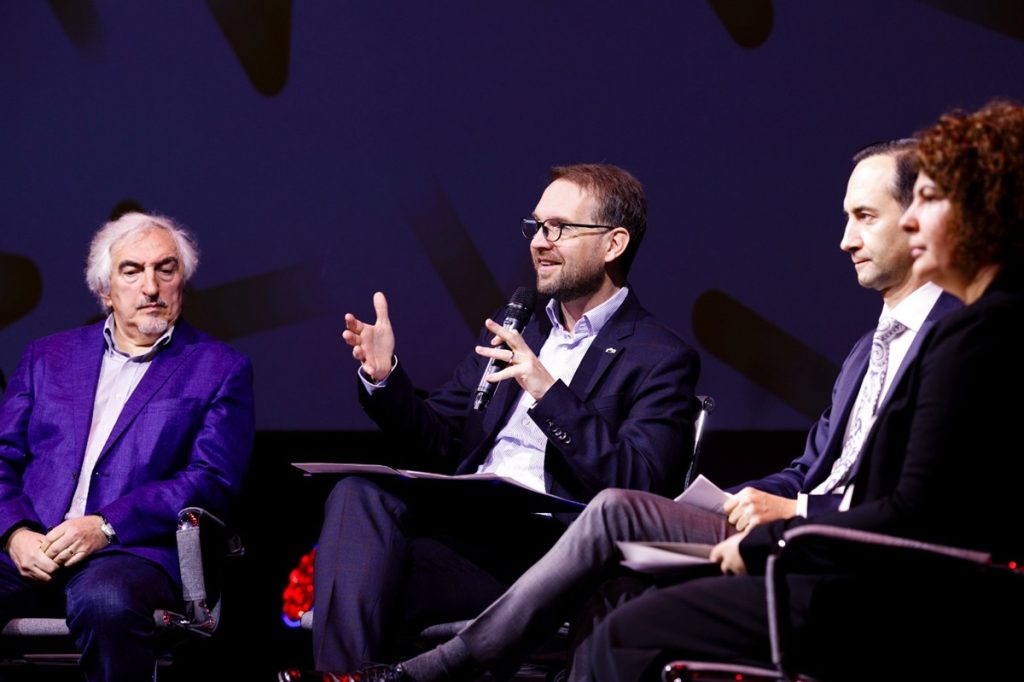
Simion Giurcă, Association for the Promotion of Timișoara: Timișoara had, until now, over 800,000 overnight stays, and the average number of nights spent by tourists in the city is 2.25 nights. Sometime in February, we will have complete data on what tourism meant in Timișoara from the year of the European cultural capital. The figures from the communication show the success that this year has had. In 2023, in Timișoara, 253 Romanian journalists from local, central, and national press and 86 foreign journalists from Croatia, Greece, Serbia, Germany, Italy, France, Portugal, Hungary, and so on were accredited.
This year, seven radio residences produced and broadcast live shows from Unirii Square, three of which came twice. Thus, ten radio residences and a printed magazine were dedicated to Timișoara. The TVR Cultural show “Race Through History” had numerous episodes about the cultural program. The weekly newsletter managed to gather over 5,000 subscribers, and regarding the audience, 9.8 million people heard at least once that this year Timișoara holds the title of European Capital of Culture.
The curtain slowly falls over a year full of magic and inspiration for Timișoara – the year it shone under the title of “European Capital of Culture”. Throughout 2023, the cultural program represented a fascinating journey, supported by a deep dedication to highlighting the identity, diversity, and avant-garde of Timișoara’s culture. This year was a remarkable chapter in the city’s history, an occasion now celebrated this month, when the community reflects on the lived experiences and looks confidently towards the city’s cultural future. Timișoara 2023 continues. Never ending…
